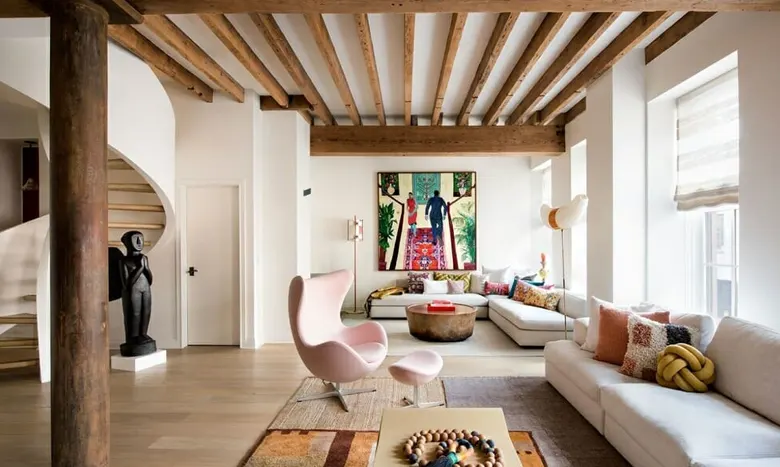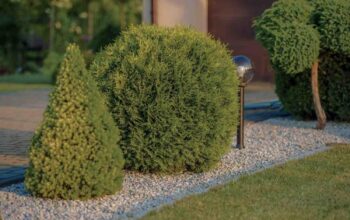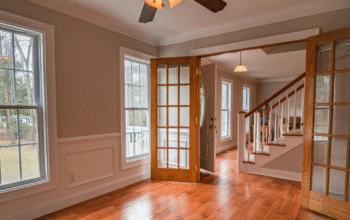In a fast-paced world filled with visual and mental clutter, minimalism has emerged as more than just a design trend — it’s a lifestyle choice. Rooted in simplicity, functionality, and mindfulness, minimalist interior design helps transform living spaces into havens of calm and balance. By focusing on essentials and removing excess, homeowners can create environments that not only look beautiful but also promote mental peace and purposeful living.
Minimalism is not about living with nothing — it’s about living with what truly matters.
The Philosophy Behind Minimalism
Minimalism in interior design draws inspiration from Japanese Zen principles and Scandinavian aesthetics, both of which prioritize harmony, balance, and simplicity. At its core, minimalism encourages a mindful approach to consumption, design, and living. Every element in a minimalist space should serve a function, contribute to beauty, or ideally, do both.
A minimalist home doesn’t feel empty — it feels intentional. The focus is on quality over quantity, allowing light, space, and thoughtful design to take center stage.
To understand how to achieve this, it’s essential to explore the key principles of minimalist interior design.
The Key Principles of Minimalist Interior Design
1. Simplicity and Functionality
Every item in a minimalist home serves a purpose. Whether it’s a chair, lamp, or piece of décor, each should add value or meaning. Avoid unnecessary decoration and instead focus on practical pieces that enhance comfort and functionality.
2. Neutral Color Palette
Minimalist spaces often feature neutral tones — whites, beiges, greys, and soft pastels — that evoke calm and spaciousness. These tones allow the architecture and natural light to shine through. To prevent monotony, texture becomes a crucial design element, such as matte walls paired with linen fabrics or wooden finishes.
3. Open and Airy Layouts
A clutter-free layout defines the minimalist aesthetic. Open spaces and clear pathways encourage better movement and flow. The design philosophy often embraces “less is more,” using fewer pieces of furniture that complement each other harmoniously.
4. Quality Over Quantity
Instead of filling a space with many inexpensive items, minimalism focuses on fewer, higher-quality pieces. A single well-crafted wooden table or a statement light fixture can serve as both a functional element and a visual centerpiece.
5. Natural Light and Materials
Minimalist interiors rely heavily on natural lighting to create an inviting atmosphere. Large windows, sheer curtains, and light-reflecting surfaces help make rooms appear larger and brighter. Materials like wood, stone, linen, and bamboo introduce warmth and texture while maintaining a natural, grounded appeal.
Designing for Balance and Harmony
Minimalism isn’t just about removing clutter — it’s about achieving visual balance and emotional harmony. Each element in the room should work together to create a cohesive and calming environment.
- Symmetry: Symmetrical arrangements bring order and tranquility.
- Negative Space: The empty space between objects is just as important as the objects themselves. It gives the eye room to rest and highlights design details.
- Texture Variety: Mixing smooth and rough surfaces, matte and glossy finishes, helps create depth without relying on excessive colors or patterns.
How Minimalism Impacts Well-being
Minimalist interiors have a profound impact on mental health. Studies suggest that clutter can increase stress and anxiety levels. By contrast, minimalist spaces encourage mindfulness and relaxation.
- Clarity: A clean environment promotes focus and creativity.
- Calmness: Neutral tones and open spaces help reduce overstimulation.
- Mindfulness: Living with intention encourages gratitude and conscious consumption.
Minimalist homes are particularly beneficial for urban residents who face daily sensory overload. The simplicity of design acts as a mental reset — a reminder that peace begins at home.
Practical Steps to Create a Minimalist Home
- Declutter with Purpose: Start by sorting items into “keep,” “donate,” and “remove” categories. Let go of objects that no longer serve a purpose.
- Invest in Multi-functional Furniture: Choose furniture that serves multiple functions, such as storage beds or extendable tables.
- Maximize Natural Light: Replace heavy drapes with sheer curtains or blinds that allow light to flow in.
- Keep Décor Intentional: Use a few statement pieces — a vase, a framed artwork, or a plant — to add personality without cluttering the space.
- Choose Sustainable Materials: Prioritize eco-friendly materials to align your interior with minimalist and environmentally conscious living.
The Role of Texture in Minimalism
While minimalism limits color and decoration, texture plays a critical role in adding warmth and depth. For instance:
- A wool rug adds softness to a sleek living room.
- Wooden shelves bring natural charm to a monochrome kitchen.
- Stone or concrete accents enhance an industrial minimalist vibe.
The combination of textures prevents the space from feeling cold or impersonal, ensuring comfort within simplicity.
Evolving Minimalism in Modern Design
Modern minimalism is no longer just stark white walls and empty spaces. Designers today embrace “warm minimalism” — a blend of simplicity and coziness. This approach includes warmer tones, natural materials, and softer lines while maintaining the clean essence of minimalism.
Additionally, biophilic design — integrating natural elements like plants, sunlight, and organic forms — aligns perfectly with minimalist ideals. It enhances both aesthetics and well-being.
Final Thoughts
Minimalist interior design is a journey toward intentional living. It’s not about depriving yourself of beauty but about redefining it — finding elegance in simplicity, peace in order, and purpose in every choice.
Whether you’re decorating a new apartment or refreshing your current home, minimalism invites you to slow down, declutter your surroundings, and make space for what truly matters.
By embracing this timeless design philosophy, you not only elevate your home’s aesthetic appeal but also nurture a lifestyle centered around mindfulness, balance, and serenity.




